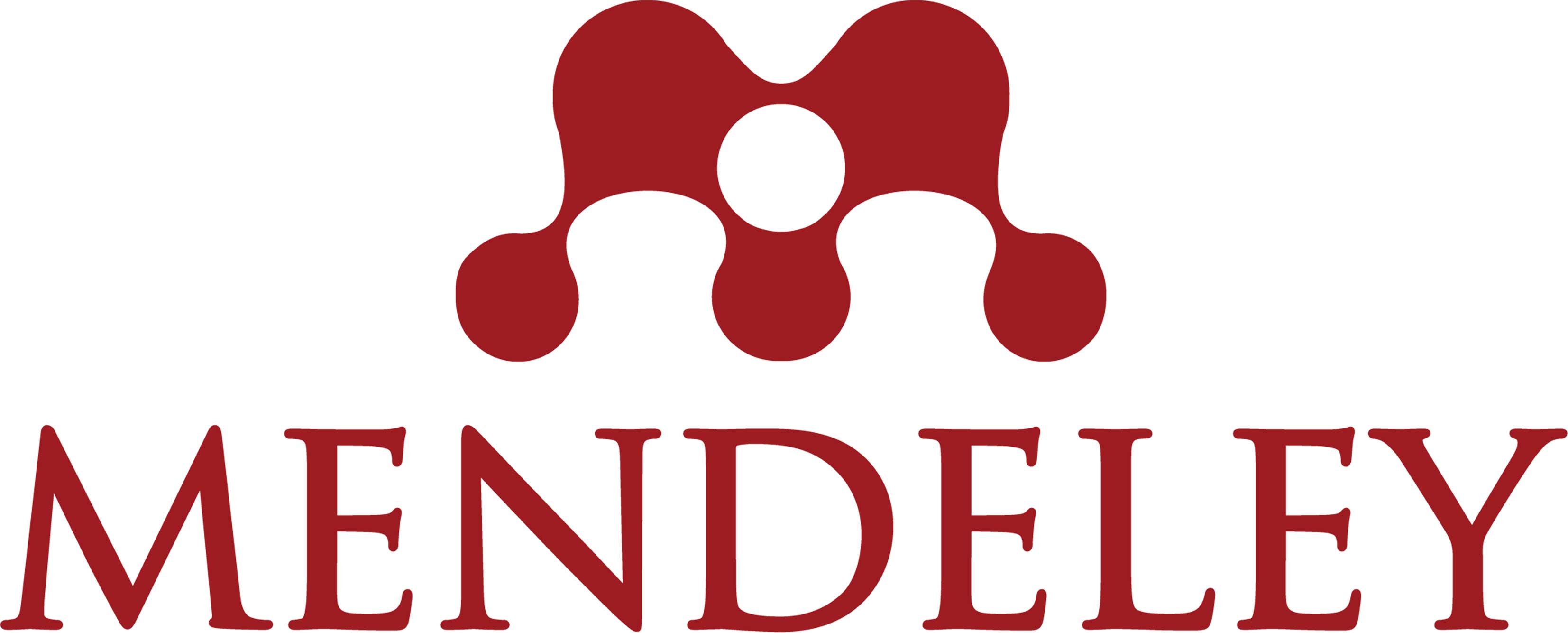Students Perception’ toward The Role of YouTube Video in Improving Their Speaking Skills
DOI:
https://doi.org/10.17977/um064v1i122021p1765-1774Keywords:
Keywords: YouTube, language learning, speaking skill improvement.Abstract
Abstract: YouTube video is one of the media for improving students' speaking skills. This survey study aimed to explore students’ perception toward the role of YouTube video in speaking skill improvement. The subject of the research is 188 students of the English department in Universitas Negeri Malang. An online questionnaire was distributed to collect data to the 2017, 2018, 2019 cohorts of English Language Teaching (ELT) in Universitas Negeri Malang. Items in the questionnaire were adapted from some questionnaires developed by Alkathiri (2019). The result demonstrated that YouTube video was an effective medium to enhance students speaking skill improvement and can be applied as an alternative media for the self-direct speaking learning process. Furthermore, students feel helped by the existence of YouTube to improve their speaking skills, such as increasing the number of new vocabularies, improving pronunciation, and helping them speak fluently. It can be concluded that the use of YouTube is able to improve students speaking skills.
Keywords: YouTube, language learning, speaking skill improvement.
Abstrak: Video YouTube adalah salah satu media untuk meningkatkan keterampilan berbicara siswa. Studi survei ini bertujuan untuk mengeksplorasi persepsi siswa terhadap peran video YouTube dalam peningkatan keterampilan berbicara. Subjek penelitian ini adalah mahasiswa jurusan Bahasa Inggris di Universitas Negeri Malang. Kuesioner online dibagikan untuk mengumpulkan data kepada angkatan 2017, 2018, 2019 Pengajaran Bahasa Inggris (ELT) di Universitas Negeri Malang. Item dalam kuesioner diadaptasi dari beberapa kuesioner yang dikembangkan oleh Alkathiri (2019). Hasil penelitian menunjukkan bahwa video YouTube merupakan media yang efektif untuk meningkatkan peningkatan keterampilan berbicara siswa dan dapat diterapkan sebagai media alternatif untuk proses pembelajaran berbicara mandiri. Lebih lanjut, siswa merasa terbantu dengan adanya YouTube untuk meningkatkan keterampilan berbicara mereka, seperti menambah jumlah kosakata baru, meningkatkan pengucapan, dan membantu mereka berbicara dengan lancar. Dapat disimpulkan bahwa penggunaan YouTube mampu meningkatkan keterampilan berbicara siswa. dalam belajar dan berlatih menulis teks naratif. Selain itu, komik dipandang berhasil meningkatkan kualitas teks naratif yang ditulis oleh siswa.
Kata kunci: YouTube, pembelajaran bahasa, peningkatan keterampilan berbicara.
References
Aleksandrzak, M. (2011). Problems and challenges in teaching and learning speaking at advanced level. Glottodidactica: An International Journal of Applied Linguistics 37, 37–48. doi: https://doi.org/10.14746/gl.2011.37.3
Alimemaj, Z. (2010). YouTube, language learning and teching techniques. The Magazine of Global English Higher Education, 2(3), 10–12.
Alkathiri, L. A. (2019). Students’ perspectives towards using YouTube in improving EFL Learners’ motivation to speak. Journal of Education and Culture Studies, 3(1), 12–30. doi: https://doi.org/10.22158/jecs.v3n1p12
Almurashi, W. A. (2016). The effective use of YouTube videos for teaching English language in classrooms as supplementary material at Taibah University in Alula. International Journal of English Language and Linguistics Research, 4(3), 32–47. Retrieved from https://www.eajournals.org/wp-content/uploads/The-Effective-Use-of-YouTube-Videos-for-Teaching-English-Language-in-Classrooms-as-Supplementary-Material-at-Taibah-University-in-Alula.pdf
Balcikanli, C. (2010). Long live, YouTube: L2 stories about YouTube in language learning. Annals of Language and Learning: Proceedings of the 2009 International Online Language Conference (IOLC 2009), 91–96.
Binmahboob, T. (2020). YouTube as a learning tool to improve students’ speaking skills as perceived by EFL teachers in Secondary School. International Journal of Applied Linguistics & English Literature, 9(6), 13–22. doi: http://dx.doi.org/10.7575/aiac.ijalel.v.9n.6p.13
Deng, L., & Yuen, A. H. K. (2011). Towards a framework for educational affordances of blogs. Computers & Education, 56(2), 441–451. doi: https://doi.org/10.1016/j.compedu.2010.09.005
Faisal, K. (2019). The importance of speaking skills in English classrooms. Alford Council of International English & Literature Journal(ACIELJ), 2(2), 1–12. Retrieved from https://www.acielj.com/v2i2.html
Ghasemi, B., Hashemi, M., & Bardine, S. H. (2011). UTube and language learning. Procedia - Social and Behavioral Sciences, 28, 63–67. doi: https://doi.org/10.1016/j.sbspro.2011.11.013
Post, H. W.. (n.d.). Teaching adults: What every trainer needs to know about adult learning styles. Utah: Utah Parent Center. Retrieved from https://www.ioaging.org/wp-content/uploads/2015/03/teachingadults-whattrainersneedtoknow-sml.pdf
Kabooha, R., & Elyas, T. (2018). The effects of YouTube in multimedia instruction for vocabulary learning: Perceptions of EFL students and teachers. English Language Teaching, 11(2), 72–81. doi: https://doi.org/10.5539/elt.v11n2p72
Khalid, A., & Muhammad, K. (2012). The use of YouTube in teaching English literature: The case of Al-Majma’ah Community College, Al-Majma’ah University (case study). International Journal of Linguistics, 4(4), 525–551. doi: https://doi.org/10.5296/ijl.v4i4.2930
Knowles, M. S. (1980). The modern practice of adult education: From pedagogy to andragogy (revised and updated). Englewood Cliffs, NJ: Cambridge Adult Education.
Kurniawan, I. (2018). Student’s perception on the use of YouTube as a learning media to improve their speaking skill. Proceedings of the International Seminar and Annual Meeting BKS-PTN Wilayah Barat, 1(1), 324–329. Retrieved from http://conference.unsri.ac.id/index.php/semirata/article/view/1130
Lee, S.-H. (2014). Digital literacy education for the development of digital literacy. International Journal of Digital Literacy and Digital Competence, 5(3), 29–43. doi: https://doi.org/10.4018/ijdldc.2014070103
Long, H. B. (1989). Self-dircted learning: Emerging theory & practice. Oklahoma: Oklahoma Research Center for Continuing Professional and Higher Education, University of Oklahoma.
Meinawati, E., Harmoko, D. D., Rahmah, N. A., & Dewi, N. (2020). Increasing English speaking skills using YouTube. Polyglot: Jurnal Ilmiah, 16(1), 1–13. doi: http://dx.doi.org/10.19166/pji.v16i1.1954
Riswandi, D. (2016). Use of YouTube-based videos to improve students’ speaking skill. Proceeding of the International Conference on Teacher Training and Education, 2(1), 298–306. Retrieved from https://jurnal.uns.ac.id/ictte/article/view/8150
Shariff, S. B. M., & Shah, P. M. (2019). Pupils perception of using YouTube and autonomous learning. Creative Education, 10(13), 3509–3520. doi: https://doi.org/10.4236/ce.2019.1013270
Silviyanti, T. M. (2014). Looking into EFL students’ perceptions in listening by using English movie videos on YouTube. Studies in English Language and Education, 1(1), 42–58. doi: https://doi.org/10.24815/siele.v1i1.1119
Sitoresmi, U. (2016). Tongue twisters in pronunciation class. Proceedings of International Conference on Teacher Training and Education, 1(1) 589–592. Retrieved from https://jurnal.fkip.uns.ac.id/index.php/ictte/article/view/7673
Syafiq, A. N., Rahmawati, A., Anwari, A., & Oktaviana, T. (2021). Increasing speaking skill through YouTube video as English learning material during online learning in pandemic Covid-19. Elsya : Journal of English Language Studies, 3(1), 50–55. doi: https://doi.org/10.31849/elsya.v3i1.6206
Terantino, J. M. (2011). YouTube for foreign languages: You have to see this video. Language Learning & Technology (15)1, 10–16. Retrieved from https://digitalcommons.kennesaw.edu/cgi/viewcontent.cgi?article=2616&context=facpubs
Watkins, J., & Wilkins, M. (2011). Using YouTube in the EFL classroom. Language Education in Asia, 2(1), 113–119. doi: 10.5746/LEiA/11/V2/I1/A09/Watkins_Wilkins
Downloads
Published
How to Cite
Issue
Section
License
Copyright (c) 2021 Saraswati Saraswati, Rahmati Putri Yaniafari, Niamika El Khoiri

This work is licensed under a Creative Commons Attribution-ShareAlike 4.0 International License.





























